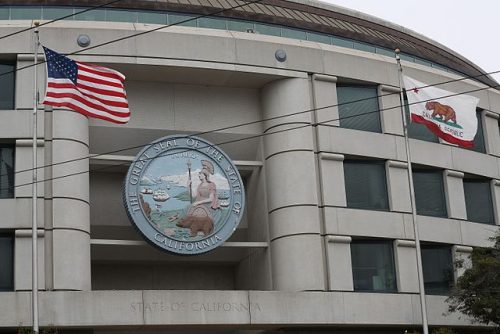
Reducing risk for solar developers under Rule 21
The Clean Coalition commends the Commission for moving forward with solutions that will help shape and expand California’s clean energy future.
For years, the Clean Coalition has been a leading intervenor in the California Public Utilities Commission (CPUC) proceeding addressing Electric Rule 21, which regulates interconnection, operation, and metering requirements for distributed generation in California. Past improvements to Rule 21 that the Clean Coalition had advocated for and achieved include publication of interconnection maps, development of pre-application reports on grid constraints, approval of clarifying regulations, and advancing methods to streamline the application and review process. With the support of CPUC staff and stakeholders, on June 23, the Commission adopted important new reforms the Clean Coalition has long sought to reduce risk and uncertainty in the interconnection process. Commissioner Sandoval in particular deserves credit for her leadership in securing unanimous support for our preferred solutions.
The interconnection process has been marred by a lack of cost certainty for developers selling power to the utilities (that is, projects that connect on the utility side of the meter). These developers face costs that are neither pre-established nor standardized, and after a potentially costly study process interconnection applicants are liable for expenses untethered to the original estimates. These risks discourage development and increase project financing costs, leading to higher energy prices.
The Clean Coalition proposed and advocated for a number of measures to reduce this uncertainty, which the Commission adopted in this Decision. These include publication by each utility of a “Per Unit Cost Guide” to improve cost transparency, consistency, and predictability throughout the interconnection process; enhancements to the Pre-Application Report; adoption of clear standards for the review and interconnection of storage devices; and, most significantly, the ability to rely upon utility estimates.
The Cost Certainty Option, building on earlier efforts in Massachusetts, will offer a bankable guarantee that the final costs will be within 25% of the utility estimate by allowing a more detailed pre-contract estimation process that may require an additional 30–60 days. This is further supported by new utility reporting to track and improve estimation processes and accuracy.
The Cost Guide will contain both component costs and examples of a variety of project sizes, energy sources (generation and storage), and locations deemed relevant to interconnection applicants – annually updated with input from applicants.
Following this victory on Rule 21, the Clean Coalition will continue our work creating fair, transparent, and streamlined interconnection processes in both California and New York as these major markets seek to capture the benefits of distributed energy resources. The Clean Coalition commends the Commission and parties to the proceeding for moving forward with solutions that will help shape and expand the landscape of California’s clean energy future.

